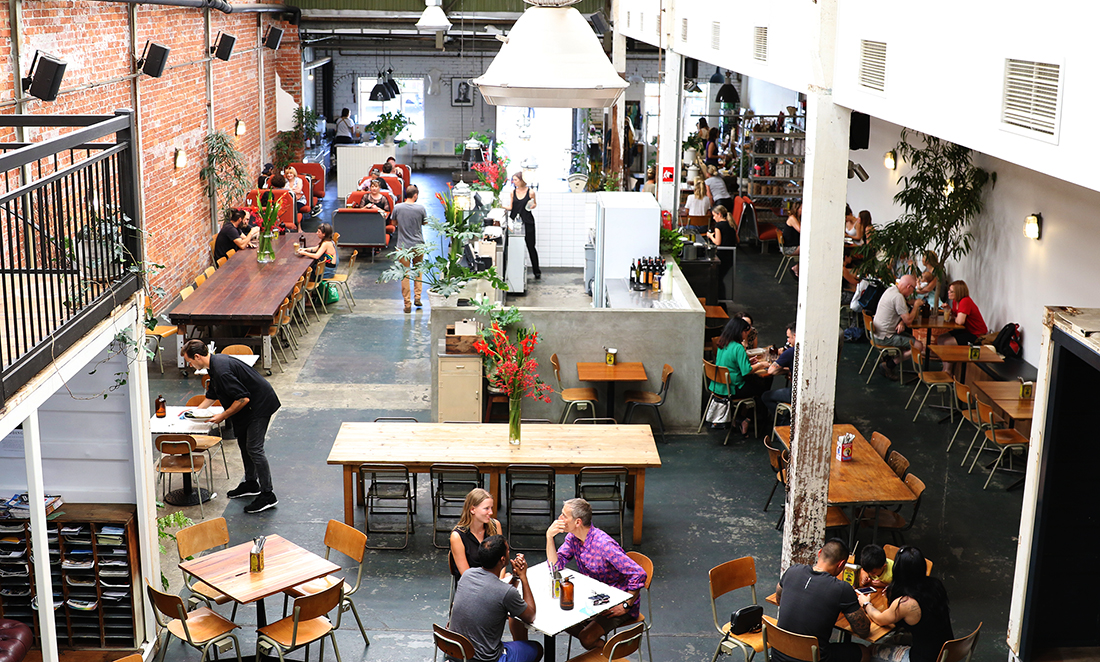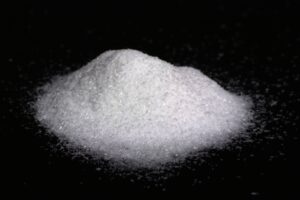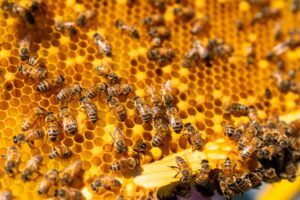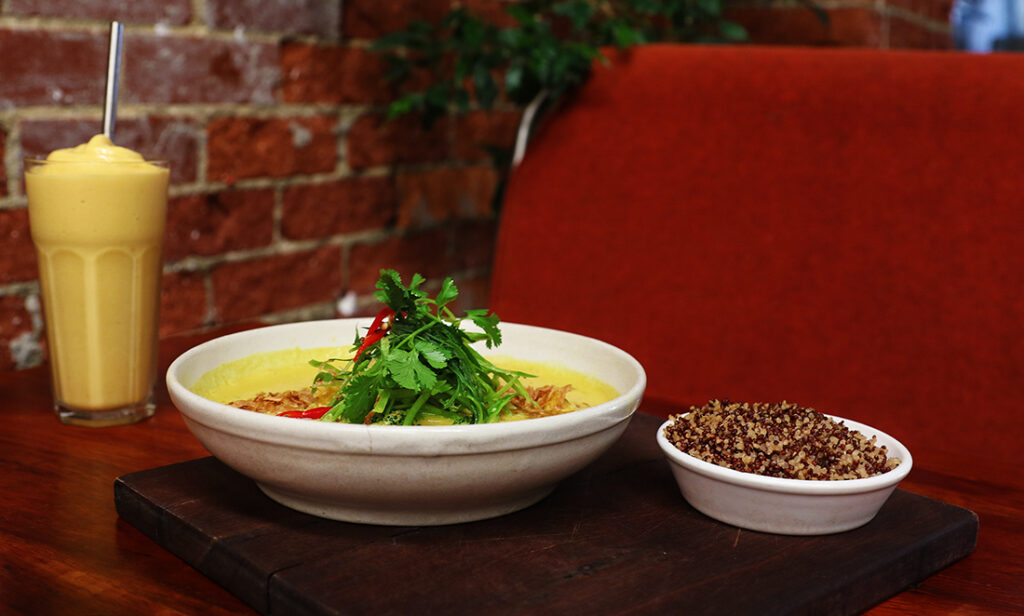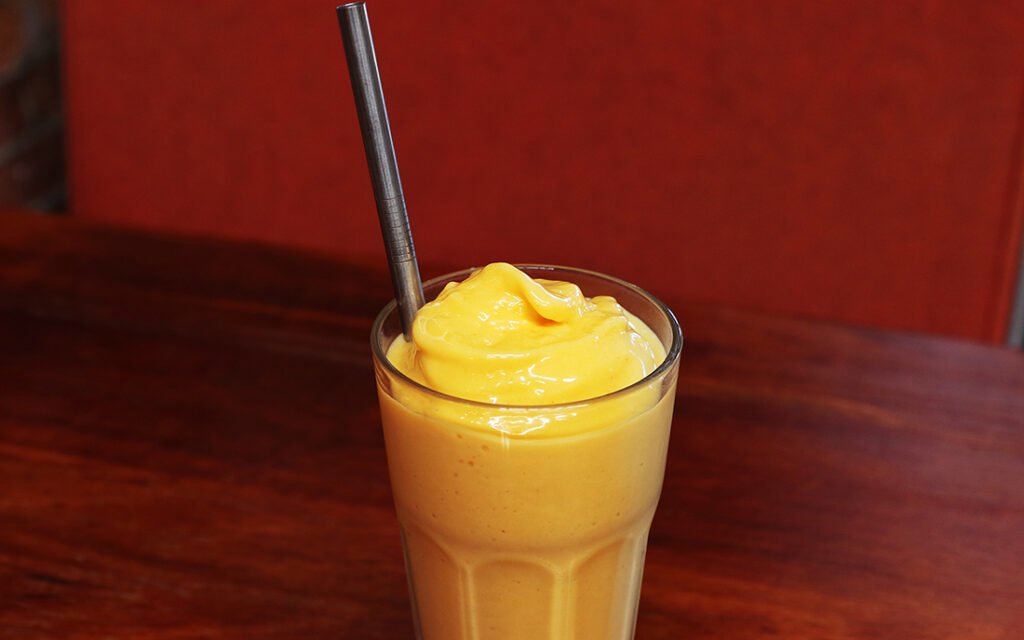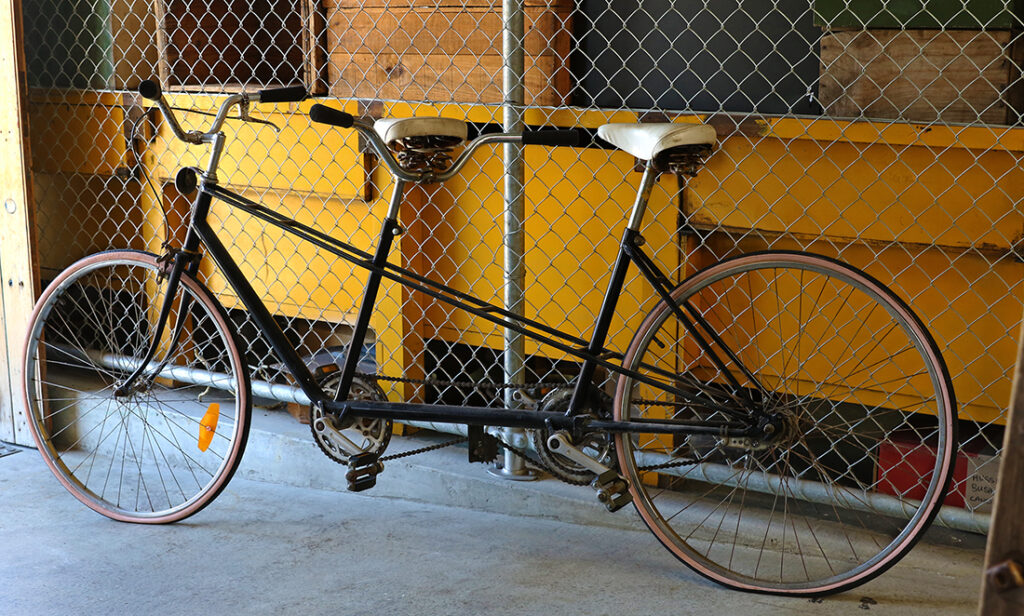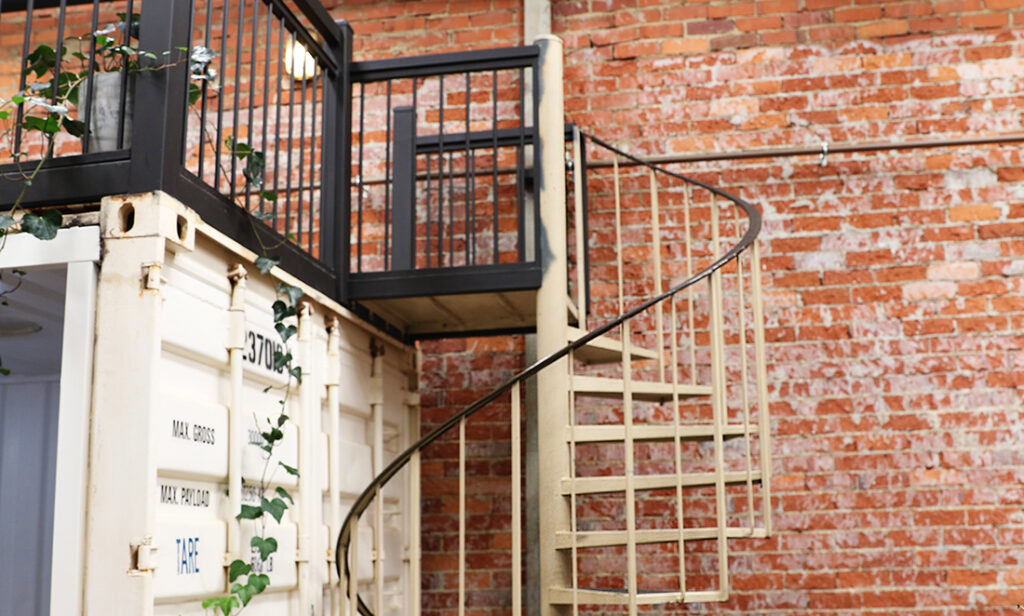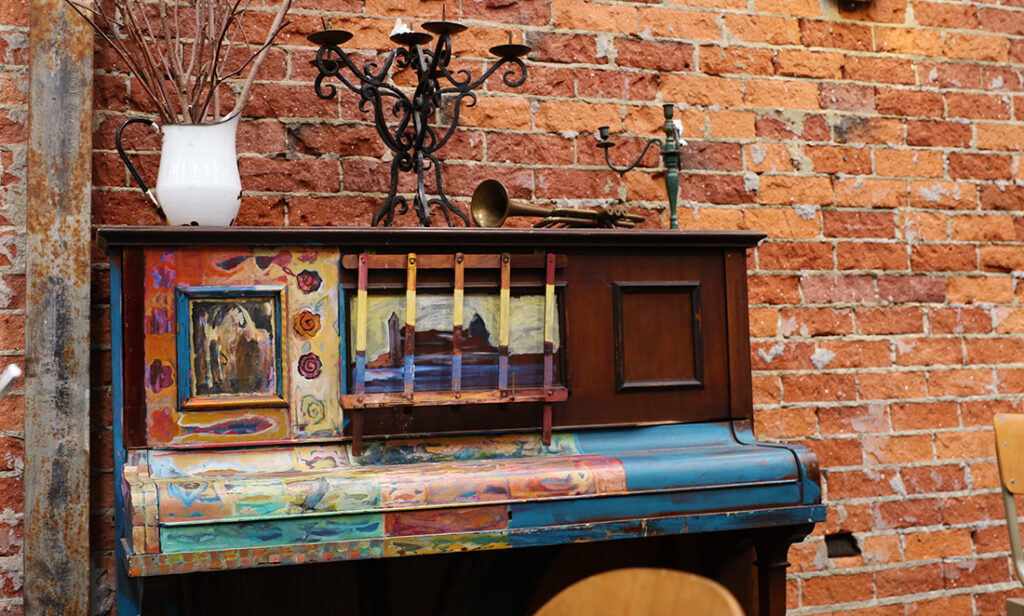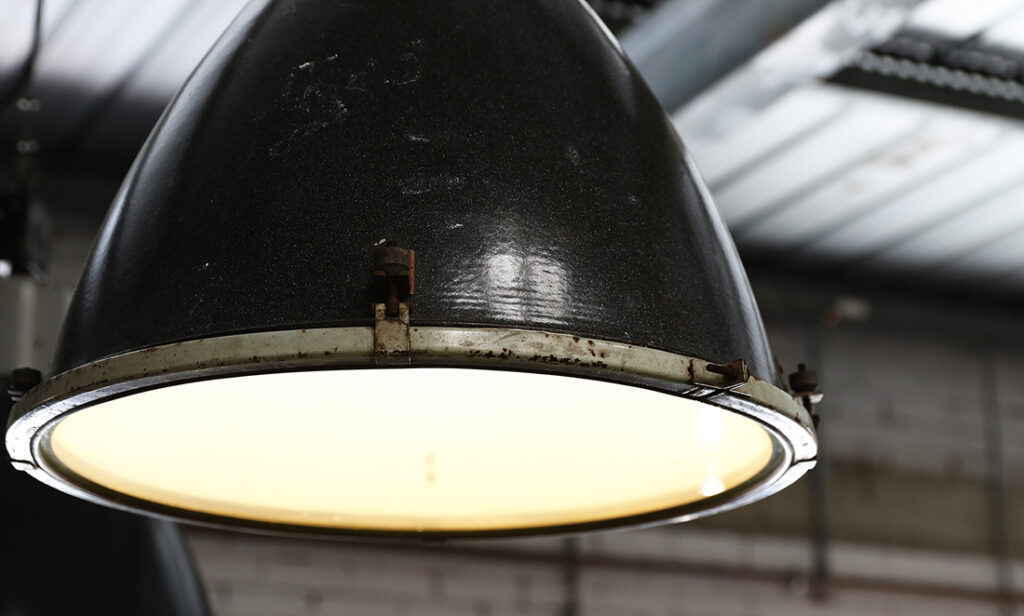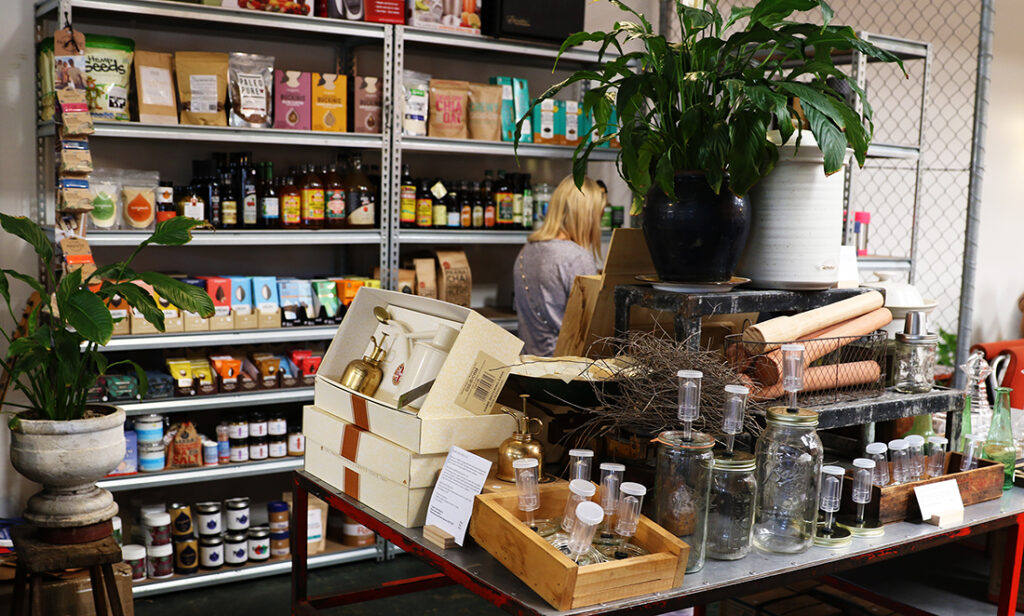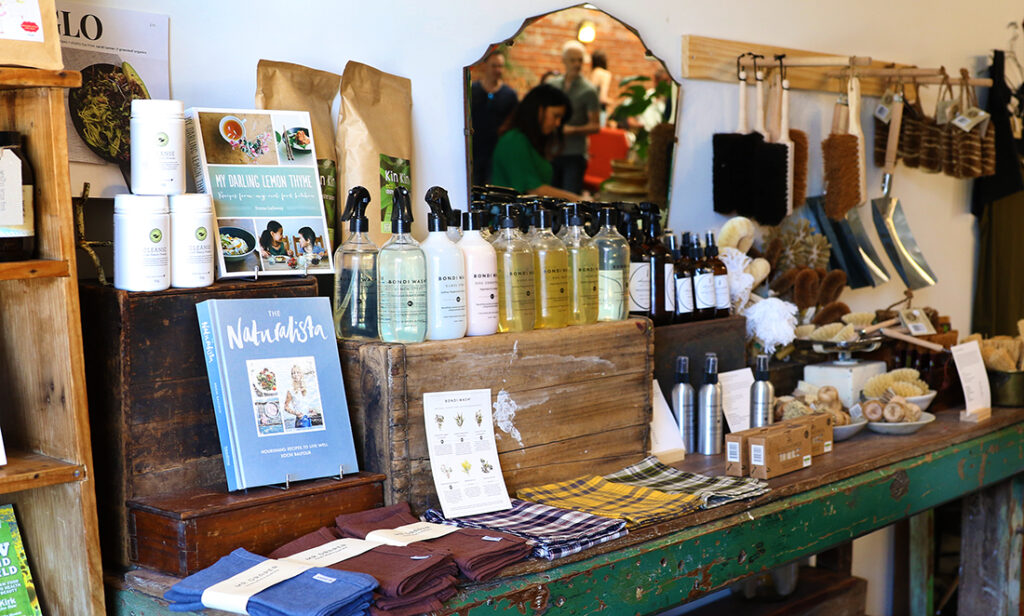The final leg of our journey to find the most sustainable local cafes takes us to cool, coastal Fremantle. There are any number of exciting places to eat and drink in this cultural hub, but there are a few ways The Raw Kitchen stands out among the pack.
Stepping into the restaurant to meet Raw’s co-owner, Emma Daly, there’s a happy buzz of customers enjoying a late lunch. Business is busy, but the spacious layout, high ceilings and cruisy music make it feel relaxed.
Taking a seat on one of Raw’s iconic recycled bus seats, Emma asks me what I’d like to drink. I decide to shake things up after consuming an inhuman amount of caffeine for my previous articles. After seeing all the delicious dairy-free smoothie options on the menu, I opt for a mango lassi.
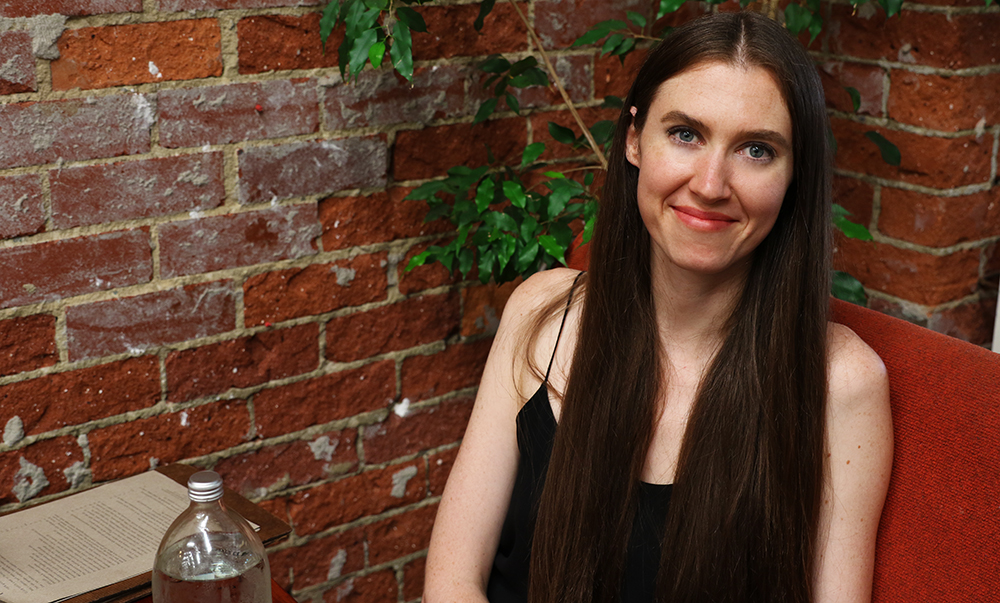
As the restaurant’s name suggests, this cafe specialises in raw food, but they also have a range of cooked dishes. And it’s all plant based. Raw decided to go meat-free and reduce animal products for sustainability.
“The food that we serve—that’s probably the most sustainable thing that we do, being a fully plant-based restaurant,” Emma smiles.
“Minimising animal-based food products has a really massive environmental effect.”
Sipping my refreshing mango lassi, I’m pleased to discover it’s just as creamy as a dairy milk smoothie. Raw’s handmade-in-store almond milk is a perfect replacement. It even adds a pleasant nutty flavour to the drink.
Sticking out the top of my frosty, fruity drink is another example of Raw’s consideration for the environment—a reusable metal straw.
“Operationally, there’s all the small things … that help add up. We use stainless steel straws rather than single-use straws.”
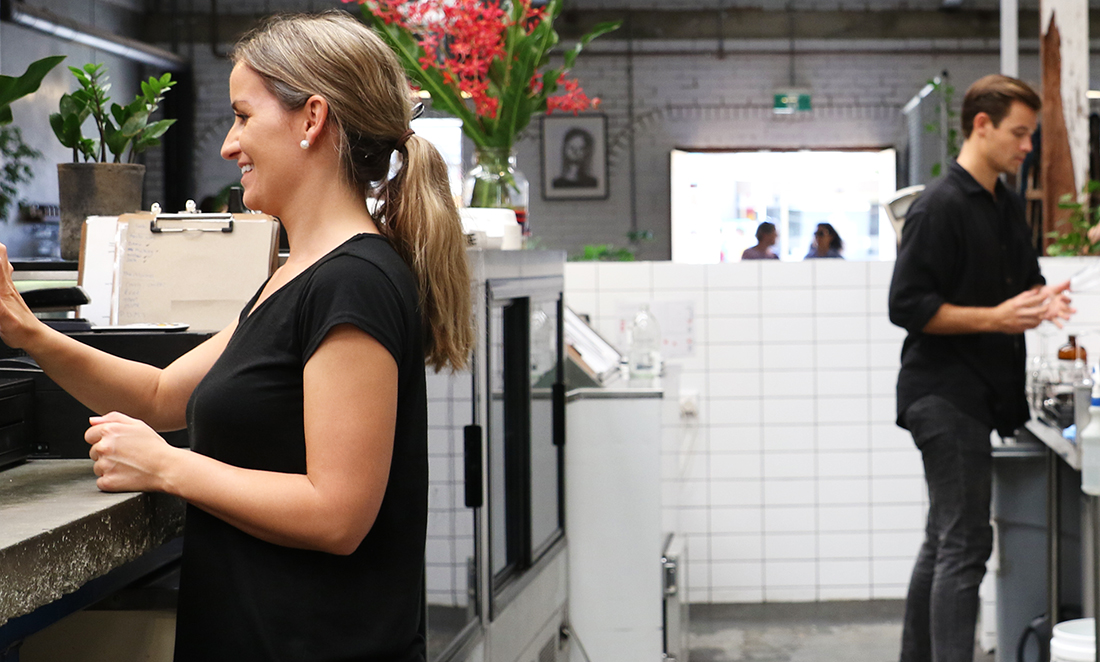
While straws might be part of the ‘small’ stuff, Raw has made some huge decisions towards sustainability. The unique decor gives the restaurant a trendy, modern look. But there’s nothing new about the furniture. In fact, most of it is quite old.
“Everything that we could, we got reclaimed or recycled or upcycled at some capacity … we really wanted to reduce the reliance on new resources as much as we could,” Emma tells us.
“We made connections with everyone across Perth who was doing vintage reclaiming, resalvaging and found lots of great stuff.”
The Raw Kitchen encourages their customers to join the green revolution too. There are incentives for people who bring in their own cups, containers and straws.
“We’re just starting some customer initiatives where … at the counters, we’re having $1 bamboo straws available and trying to encourage people to buy a reusable straw to bring back, and they get a discount when they bring a straw.”
“Similarly with keep cups and packaging for salads and things, if people bring their own … they’ll get a discount for that.”
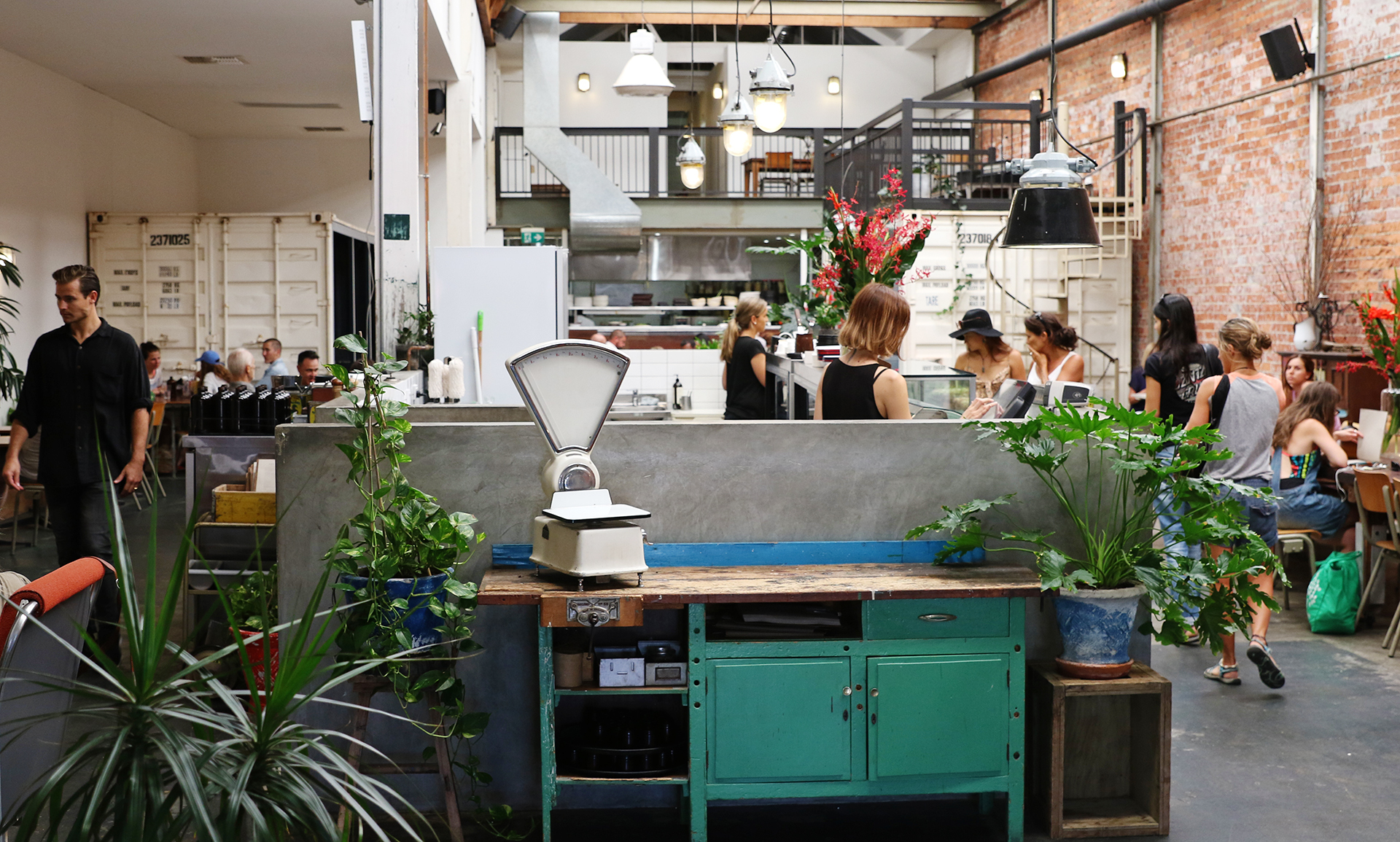
Once the dining is done, all the leftovers and waste get disposed of in an environmentally friendly fashion. The Raw Kitchen uses leftover water on the tables to water their plants. They also have systems in place to ensure their waste gets disposed of ethically.
“We have waste systems in place. So we separate all of our organics waste for recycling. We have then plastic, cardboard and a small amount of general, which goes off to be recycled.”
But plastic can scarcely be found, thanks to Raw’s plastic policy.
“We don’t use any plastic packaging. We have a plastic policy in place to really minimise almost all plastic we can coming into the building, and also obviously we don’t send any out.”
“We have supplier relationships with some of our key suppliers so that we … swap so we’re not getting packaging when they’re delivering stuff to us.”
Even the coffee grounds get a second life.
“One company does pick up our coffee grinds and turns them into body scrubs … which [they] then sell in cool recycled newspaper packaging.”
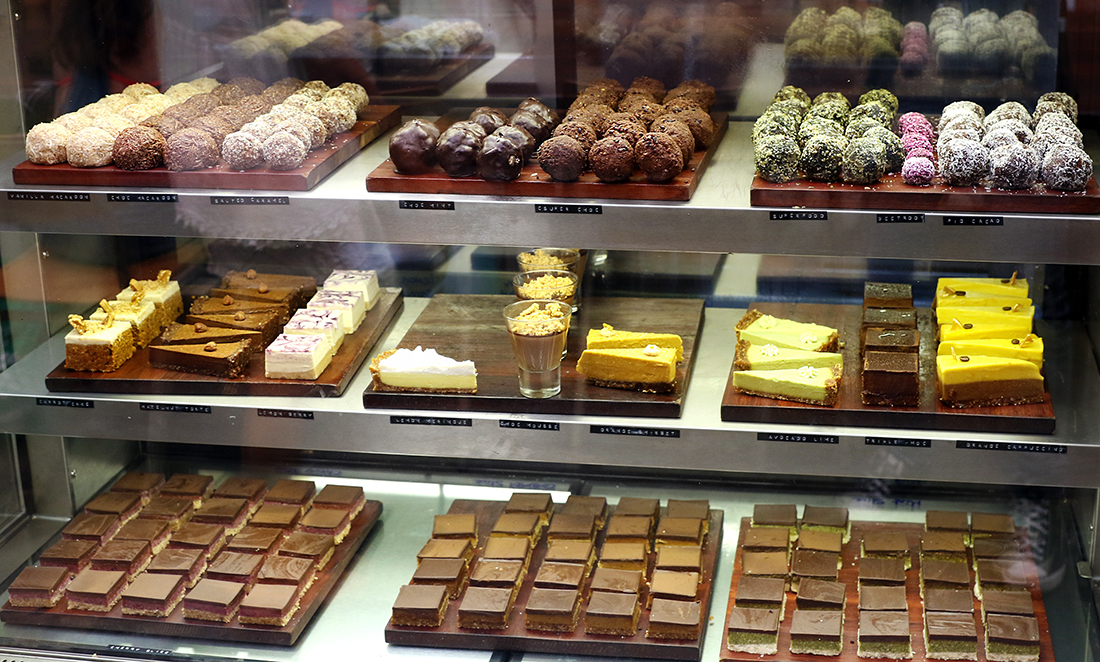
In the corner of The Raw Kitchen’s massive space, there’s a quaint little shop with some interesting wares. I take a walk through and see a huge range of ethical products from clothes to soaps and homewares. But I get most excited by the table of cruelty-free make-up—a true passion of mine!
“Our little retail store as it stands at the moment is focused on all products that help add to a healthier, more ethical or environmentally conscious lifestyle,” Emma says.
“It all has to tick certain boxes, be that environmentally friendly, Fairtrade, organic, locally made, handmade, et cetera.”
As I start swatching samples of eye shadow, Emma tells me this is only the beginning. The store is about to get even bigger and better.
“We’re about to make some bigger changes in [the store] … we’re turning into a bulk wholefoods packaging-free store,” Emma grins.
Emma’s passion for sustainability shines in every aspect of her business. And part of her drive is to be a role model for others.
“We hope … we can start to showcase what is possible. And it is just all the little things that, together, help add up to better progress.”
But beneath it all, she is simply doing what she loves.
“We’re not about judgement at all. Everyone is where they’re at, and we’re doing what we do because we believe in it and it’s a core value for us,” she smiles.
After hearing all of Raw’s inspiring tales, I leave with a wonderful light feeling. And I hope it’s not just my wallet, which couldn’t resist a serious make-up splurge.


